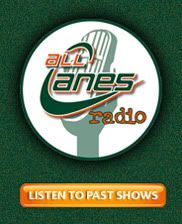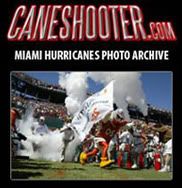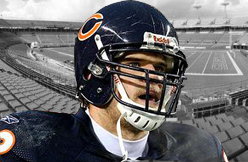Mar/09/11 01:56 AM Filed in:
Greg OlsenOne of the big questions for the Chicago Bears when Mike Martz was hired as offensive coordinator was what would become of the tight ends?
General manager Jerry Angelo had invested a 2007 first-round draft pick in Greg Olsen, who seemed to be coming into his own as a receiving tight end. But Olsen wanted to know where he stood and met with management shortly after Martz's hiring to express concern about his role moving forward.
Olsen wanted out and the Bears actively worked to trade him, believing they had a deal in the works with the New England Patriots during the second day of the draft involving a second-round pick. That didn't materialize and Olsen and Martz remained together to make the best of the situation.
That is what they did for the most part, but consider Olsen had 41 receptions, only three more than Ernie Conwell had playing for Martz in 2001 with the St. Louis Rams. While Conwell was a fine player, he didn't possess nearly the same skills as a receiver that Olsen does, and that illustrates one of the ways the offense was dysfunctional in 2010. Olsen was used, but statistics indicate he wasn't used well enough. Olsen was on the field for 82.1 percent of the offensive snaps, nearly identical to the 84.1 percent he had in 2009 under Ron Turner.
The Bears simply didn't get the ball to Olsen enough. Whether it was a function of him having to play different roles, like lining up in the backfield, is hard to say. The use of the tight end actually went up in 2010 when you consider the four tight ends combined for 1,522 snaps. That is 85 more than they had under Turner. As mentioned in a previous post, the tight ends picked up many of the 359 snaps fullback Jason McKie had in 2009. The Bears also had 24 fewer offensive snaps in 2010 than in the previous year.
Here is how the playing time broke down for the tight ends last season:
Greg Olsen: 805 snaps, 82.1 percent
Brandon Manumaleuna: 553, 56.4 percent
Kellen Davis: 148, 15.1 percent
Desmond Clark: 16, 1.6
Manumaleuna got about the playing time that was expected after being a significant free-agent addition. He underwent arthroscopic knee surgery last month and is expected to be fully healthy before the summer. His role doesn't figure to change much moving forward, but the team has been complimentary of Kellen Davis and his playing time could increase after dipping from 22.6 percent in 2009. He's becoming more well rounded and could be in line for more action.
Clark will be an unrestricted free agent and is not expected to return. He was used sparingly and wound up being inactive for 11 games. The veteran handled his demotion with class.
The biggest question moving forward remains whether Olsen can carve out a bigger niche for himself in the passing game as he heads into a contract year. He could make himself attractive in free agency with a big season, and it's unknown whether the Bears will want to approach him early. The two sides might have different views on his value, especially after the team came close to trading him.
We've already posted playing-time breakdowns on the defensive line, wide receiver, linebacker, cornerback and running back positions. Check back throughout the day as we analyze playing time at every position.
Click here to order Greg Olsen’s proCane Rookie Card.

(chicagobreakingsports.com)



